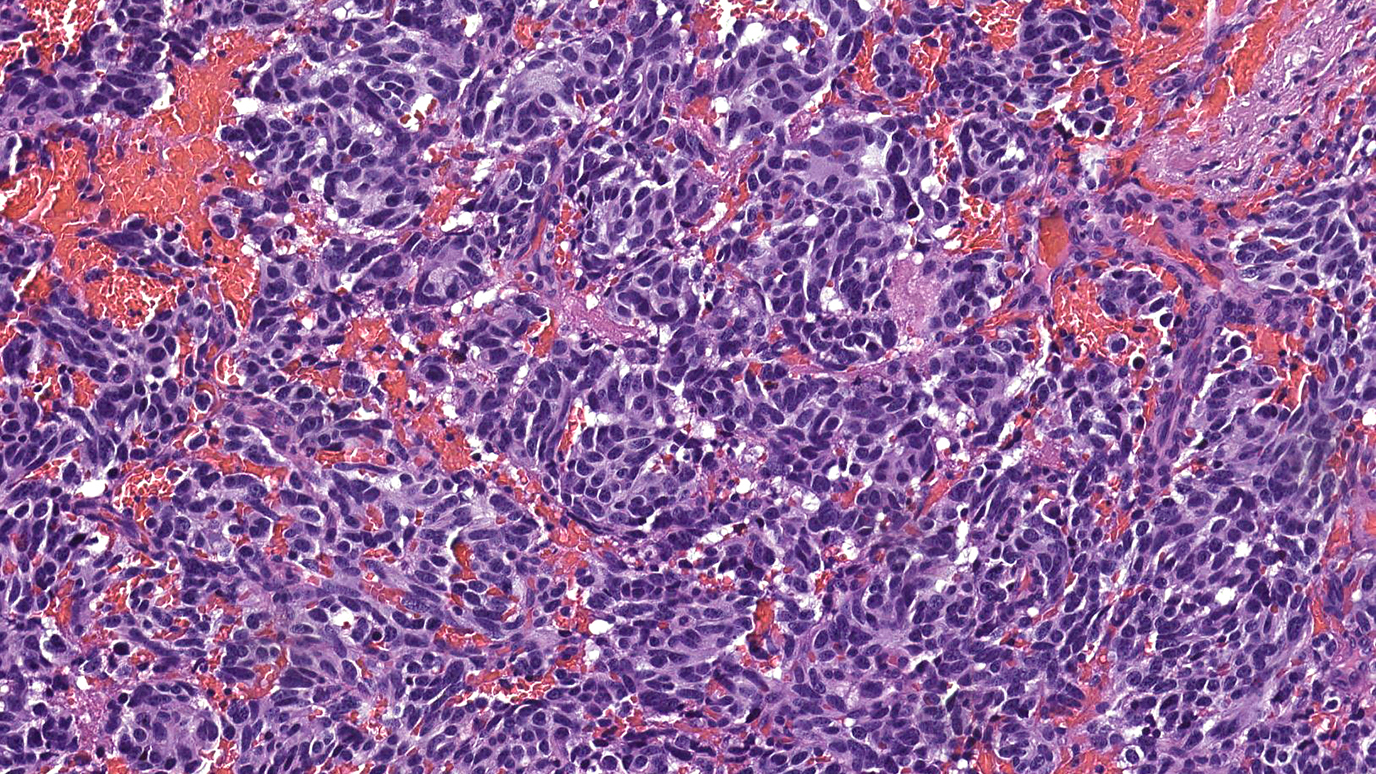- Diseases
- Acoustic Neuroma (14)
- Adrenal Gland Tumor (24)
- Anal Cancer (66)
- Anemia (2)
- Appendix Cancer (16)
- Bile Duct Cancer (28)
- Bladder Cancer (68)
- Brain Metastases (28)
- Brain Tumor (228)
- Breast Cancer (716)
- Breast Implant-Associated Anaplastic Large Cell Lymphoma (2)
- Cancer of Unknown Primary (4)
- Carcinoid Tumor (8)
- Cervical Cancer (154)
- Colon Cancer (164)
- Colorectal Cancer (110)
- Endocrine Tumor (4)
- Esophageal Cancer (42)
- Eye Cancer (36)
- Fallopian Tube Cancer (6)
- Germ Cell Tumor (4)
- Gestational Trophoblastic Disease (2)
- Head and Neck Cancer (6)
- Kidney Cancer (124)
- Leukemia (344)
- Liver Cancer (50)
- Lung Cancer (288)
- Lymphoma (284)
- Mesothelioma (14)
- Metastasis (30)
- Multiple Myeloma (98)
- Myelodysplastic Syndrome (60)
- Myeloproliferative Neoplasm (4)
- Neuroendocrine Tumors (16)
- Oral Cancer (100)
- Ovarian Cancer (170)
- Pancreatic Cancer (166)
- Parathyroid Disease (2)
- Penile Cancer (14)
- Pituitary Tumor (6)
- Prostate Cancer (144)
- Rectal Cancer (58)
- Renal Medullary Carcinoma (6)
- Salivary Gland Cancer (14)
- Sarcoma (236)
- Skin Cancer (294)
- Skull Base Tumors (56)
- Spinal Tumor (12)
- Stomach Cancer (60)
- Testicular Cancer (28)
- Throat Cancer (90)
- Thymoma (6)
- Thyroid Cancer (98)
- Tonsil Cancer (30)
- Uterine Cancer (78)
- Vaginal Cancer (14)
- Vulvar Cancer (18)
- Cancer Topic
- Adolescent and Young Adult Cancer Issues (20)
- Advance Care Planning (10)
- Biostatistics (2)
- Blood Donation (18)
- Bone Health (8)
- COVID-19 (362)
- Cancer Recurrence (120)
- Childhood Cancer Issues (120)
- Clinical Trials (622)
- Complementary Integrative Medicine (24)
- Cytogenetics (2)
- DNA Methylation (4)
- Diagnosis (226)
- Epigenetics (6)
- Fertility (62)
- Follow-up Guidelines (2)
- Health Disparities (14)
- Hereditary Cancer Syndromes (122)
- Immunology (18)
- Li-Fraumeni Syndrome (8)
- Mental Health (118)
- Molecular Diagnostics (8)
- Pain Management (62)
- Palliative Care (8)
- Pathology (10)
- Physical Therapy (18)
- Pregnancy (18)
- Prevention (890)
- Research (388)
- Second Opinion (74)
- Sexuality (16)
- Side Effects (602)
- Sleep Disorders (10)
- Stem Cell Transplantation Cellular Therapy (216)
- Support (404)
- Survivorship (322)
- Symptoms (184)
- Treatment (1768)
New breast cancer screening guidelines: What women should know
2 minute read | Published October 20, 2015
Medically Reviewed | Last reviewed by an MD Anderson Cancer Center medical professional on October 20, 2015
The American Cancer Society issued new guidelines this week for breast cancer screening. The new guidelines state:
- Women with average breast cancer risk should start having annual mammograms at age 45 and can start having them at age 40.
- Women should continue having annual mammograms until they are 54.
- After that, women can start having mammograms every other year, or may continue annual mammograms as long as they’re healthy and expected to live another 10 years.
Previously, the American Cancer Society recommended that women have mammograms and clinical breast exams every year starting at age 40.
Changes in screening guidelines can often be confusing, so we talked with Therese Bartholomew Bevers, M.D., medical director of our Cancer Prevention Center. Here’s what she wants women to know about the new screening guidelines.
Breast cancer screening saves lives
“The new screening guidelines affirm that breast cancer screening saves lives,” Bevers says.
Mammography is the most effective screening tools used today for the early breast cancer detection. Routine mammograms can reduce deaths from breast cancer by nearly 30%, recent studies show.
Breast cancer screening should begin for women in their 40s.
“The new guidelines recommend that women should begin having annual mammograms at age 45, and women can start having them earlier than that in their 40s,” Bevers says.
MD Anderson’s breast cancer screening guidelines state that women older than age 40 should have a clinical breast exam and a mammogram every year. Women ages 20 to 39 should have a clinical breast exam every one to three years.
Annual breast cancer screenings save lives.
For women older than 50, skipping a mammogram every other year could mean not catching up to 30% of cancers until later, when they’re harder to treat.
“These new guidelines reaffirm the importance of having a mammogram every year,” Bevers says.
It’s important to maintain a healthy lifestyle.
Roughly, 5 to 10% of breast cancer cases are genetic. This means that most people who have breast cancer have no family history of the disease. But there are still ways to lower your breast cancer risk. Bevers recommends women:
- Maintain a healthy weight by eating the nutritious foods and staying active.
- Reduce alcohol consumption.
- Learn about the latest in breast cancer screenings, like 3-D mammography.
If you have other breast cancer risk factors, talk to your doctor about what screening options are right for you.
Related Cancerwise Stories

The new screening guidelines affirm that breast cancer screening saves lives.
Therese Bevers, M.D.
Physician





